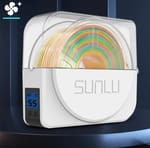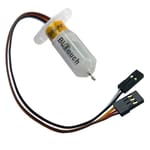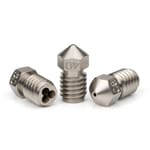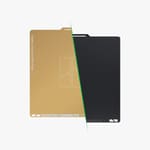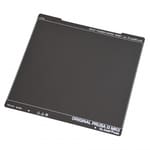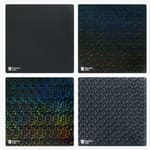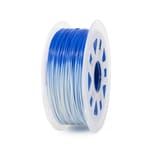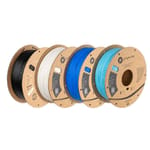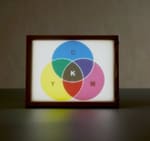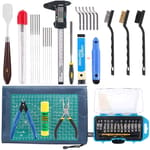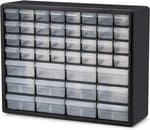It’s time once again to get all jingly and tingly, treating ourselves and our loved ones to an assortment of gifts and goodies in the name of the small assortment of festive events popping up.
Whether it’s for Thanksgiving, Christmas, a poorly-timed birthday, or simply because you damn well feel like it, whip the wallet out and get some gifts for your 3D printing or maker buddy.
3D printing – and making in general – is a wide topic. It’s impossible to cover each and every possible gift you may consider, so in this list, we aimed to include a variety of options for different budgets and makers. To make things easier, we’ve organized the ideas into categories that include 3D printer upgrades and accessories, filaments, tools and accessories, and gift cards.
Without further ado, let’s unwrap some ideas!
3D Printer Upgrades & Accessories
Your 3D printing enthusiast friend will definitely enjoy these cool upgrades and accessories!
Sunlu FilaDryer S1 Plus

First, trust us, wet filament (filament that has absorbed moisture from the air) is annoying. It can degrade print quality (causing bubbles, stringing, or part porosity), and, what’s arguably more important, strength because of the print defects and increased porosity!
A filament dryer is a convenient way to solve this problem prior to or during printing. For most hobbyists printing common lower-temperature materials such as PLA, PETG, and TPU, a dryer reaching 55-60 °C will suffice. A popular option for such temperatures is the Sunlu S1 Plus.
For others printing more technical, functional, or higher-temperature materials such as ABS or ASA (looking at you, Voron users!), it’s preferable to have one reaching 70 °C. One of such dryers is the Sunlu FilaDryer S2.
BLTouch
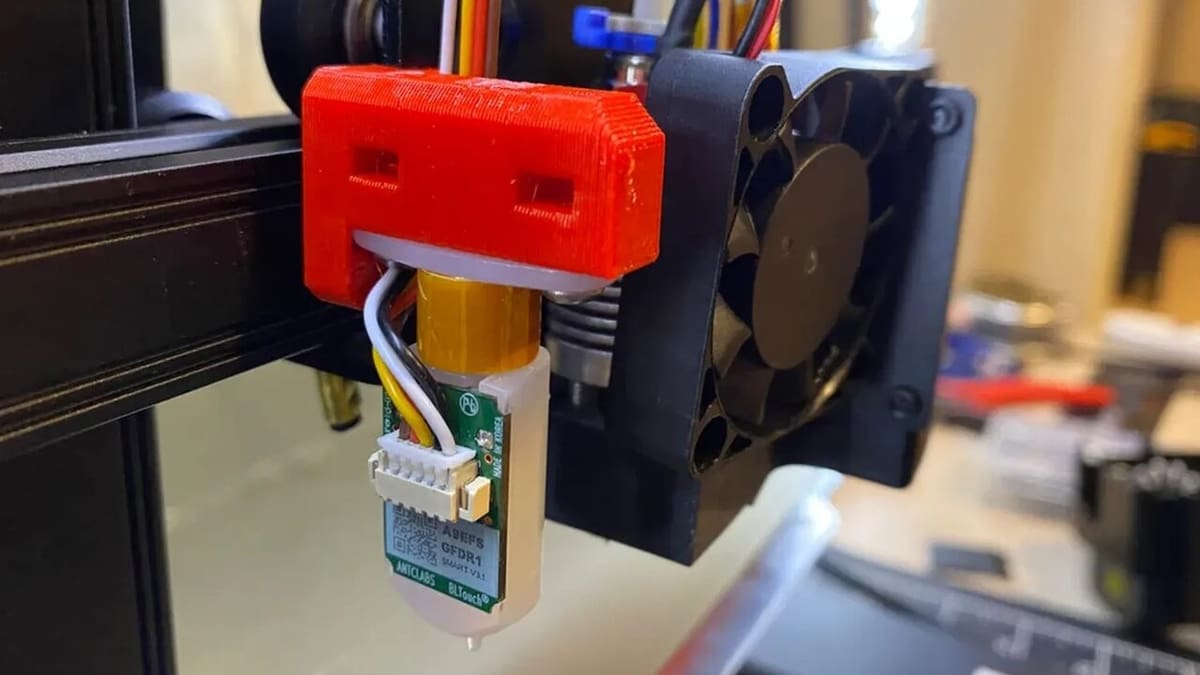
If your maker friend keeps complaining about having to manually level their 3D printer or having ruined prints, then maybe this gift is exactly right for them.
A simple auto-bed leveling (ABL) probe is cost- and time-effective, as it can automatically generate a bed mesh and save time as makers need to level the bed less often, and there’s less risk of the print failing. It’s worth noting that this is more applicable to older printers, as hardware today mostly comes with ABL by default.
Antclab’s BLTouch is one such popular bed probe that uses a Hall effect sensor and mechanical pin to probe the bed surface. Alternatively, if your 3D printing friend is more of a Creality fan, there’s also the CR Touch.
This is a great gift as it’s not that pricy and it’s also reliable and useful!
Beacon Probe
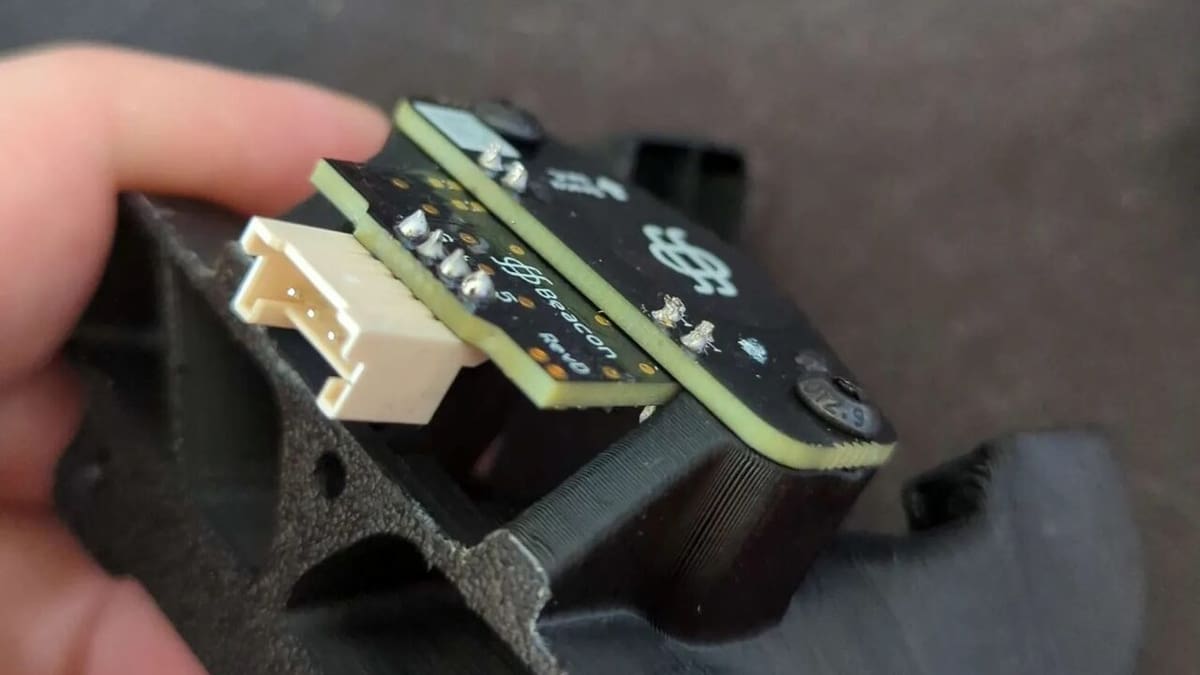
If you’ve ever been to a maker’s home and asked them to print a gorgeous vase, they may have had everything set up in a matter of seconds. Yet the printer didn’t start extruding the filament, because first, there was the bed leveling.
Mesh bed leveling can be annoying at times, as many points (typically, 25 points or more) on the bed can take a good few minutes.
The Beacon probe (technically, surface scanner) is a relatively new innovation that uses a high frequency magnetic field to induce eddy currents in a conductive target and measures their strength. A sensor calibration curve is fitted to a model using the printer’s Z-axis, allowing direct calculation of distance from raw measurements. Rapid and continuous measurement of distance allows for high precision, high speed, and high resolution meshing. You can find this and more information from Beacon documentation.
Despite being quite pricey at ~$65, keep in mind that this scanner will last, and it can significantly reduce time needed for, and improve precision of, bed mesh generation, improving the 3D printing experience overall.
High Flow Nozzle
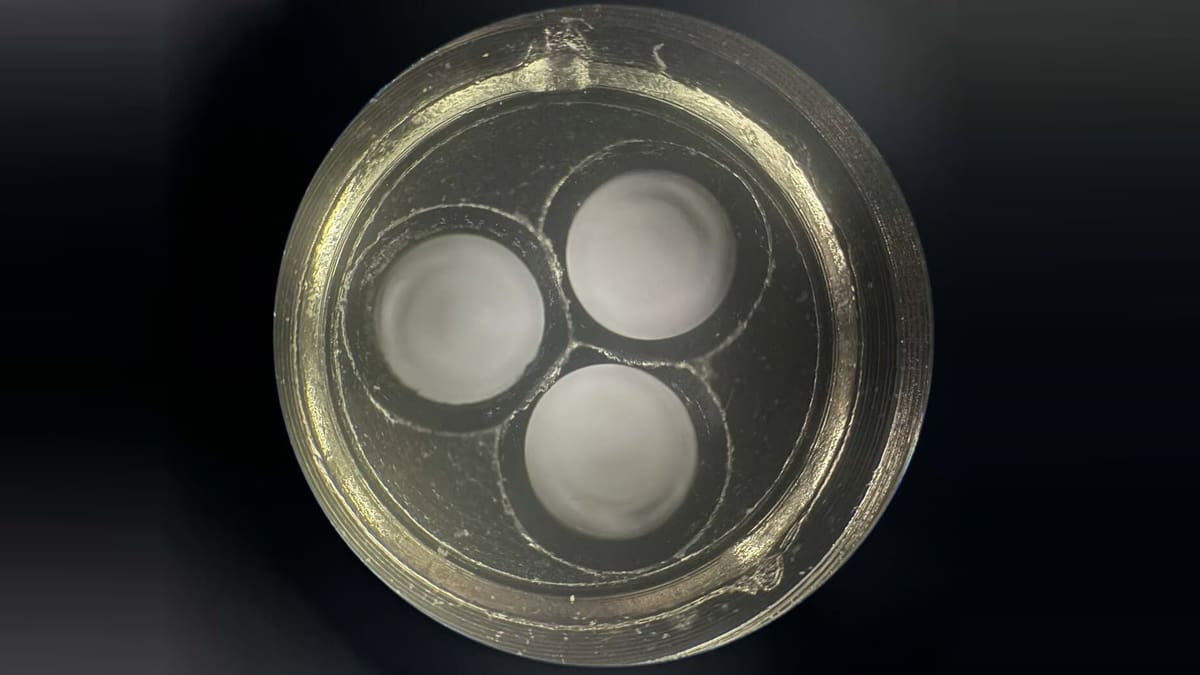
Does your 3D printing friend complain that they have too many models to print and things aren’t working fast enough for them? If that’s the case, this item might just be a great get for them.
High flow nozzles have a special internal geometry that allows for greater heat transfer area to the filament, allowing one to achieve higher flow rates and hence higher print speeds (of course, assuming other parts of the printer are up to the task). For example, the geometry in the image above splits the filament into three smaller paths or strands, allowing for greater heat conduction. It is a great and useful gift for any fused deposition modeling (FDM) 3D printer user.
There are mainly two options that work equally well.
Bondtech’s Core Heating Technology (CHT) nozzle is reasonably priced at ~$20, but the use is limited to only non-abrasive materials because the nozzle is made out of only coated brass. We recommend this nozzle for makers who want to “try out” the option or if your budget is more limited. It will still work great!
For larger budgets and more devoted maker friends, you might consider the pricier (~$75) Bozzle nozzle. Being made fully out of Tungsten Carbide, which boasts high hardness, thermal conductivity, and heat resistance, this nozzle can last virtually forever with all filaments. Even if it gets clogged, you can clear it by heating it red hot with a blowtorch. Because it provides great value, it’s frequently out of stock.
BMG Drivegear Kits
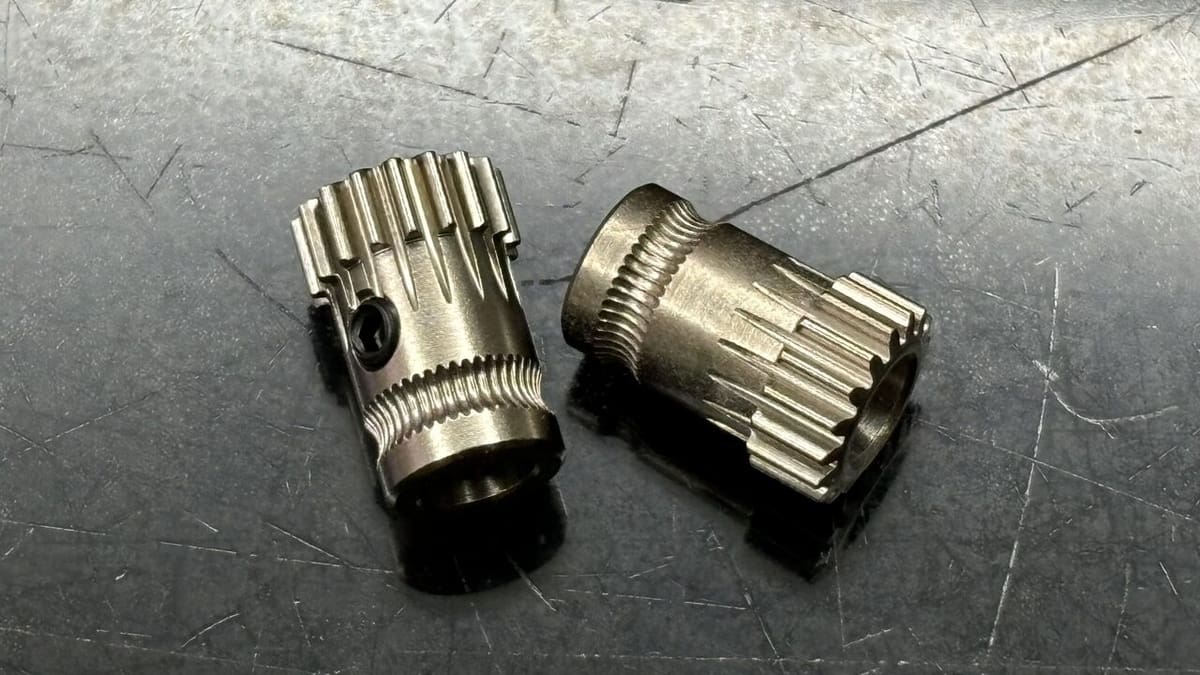
BMG-style drive gears are used in almost every direct extrusion setup nowadays. With lots of derivatives, such as the Sherpa Mini, Voron Clockwork 2, Sailfin extruder, and many others, BMG-style gears have proved their effectiveness and performance in the 3D printing community.
We recommend Trianglelabs gears, which are very well-received by the community and are seen to be just as good as the genuine set from Bondtech (for example, in hardness and microscope images from Orbiter Projects). Alternatively, you can consider the IDGA or RIDGA (where the drive gear and larger reduction gear is integrated for lower runout) versions too for slightly better extrusion consistency.
For 3D printing enthusiasts who spend lots of hour creating models, these can be a great gift to ensure that the quality of their prints doesn’t fail. You might want to confirm which 3D printer and extrusion setup they’ve got first, though.
Double-sided PEI Sheet

PEI beds are the most popular print surfaces among non-industrial-grade materials for FDM printers, and for good reason. They offer excellent bed adhesion yet easy print removal, are long-lasting, and are relatively inexpensive. Despite this, they’re still a consumable and will need to be replaced after some time.
Hence, this is a practical, lasting gift that your friend needs!
We recommend a double-sided (textured and smooth PEI) spring steel PEI bed (such as Bambu Lab’s) to offer two of the best bottom layer options. Both surfaces work great for most consumer grade 3D printing materials, including PLA, PETG, ABS, and TPU. And Prusa offers its satin powder-coated sheet, which offers a mid-point between the textured and smooth options.
Beware however that smooth PEI may stick too well to materials such as PETG and TPU, where a thin layer of glue stick could be applied as an interface layer to aid in print removal. Perhaps importantly, the bottom finish is most important: some prefer smooth, many prefer textured!
Alternatively, Bambu Lab also offers effect sheets, such as gleaming reflections, for truly special bottom layer effects! And they’re not the only ones.
Remember to make sure to get one appropriately sized for the bed of your friend’s 3D printer.
Filaments
Simply put, filament is the feedstock of a typical FDM 3D printer. It’s a thin strand of plastic (typically 1.75 mm in diameter) that is fed into the 3D printer. Here, we suggest three unique choices that differentiate themselves with your run-of-the-mill, basic stuff!
GizmoDorks Thermochromic PLA
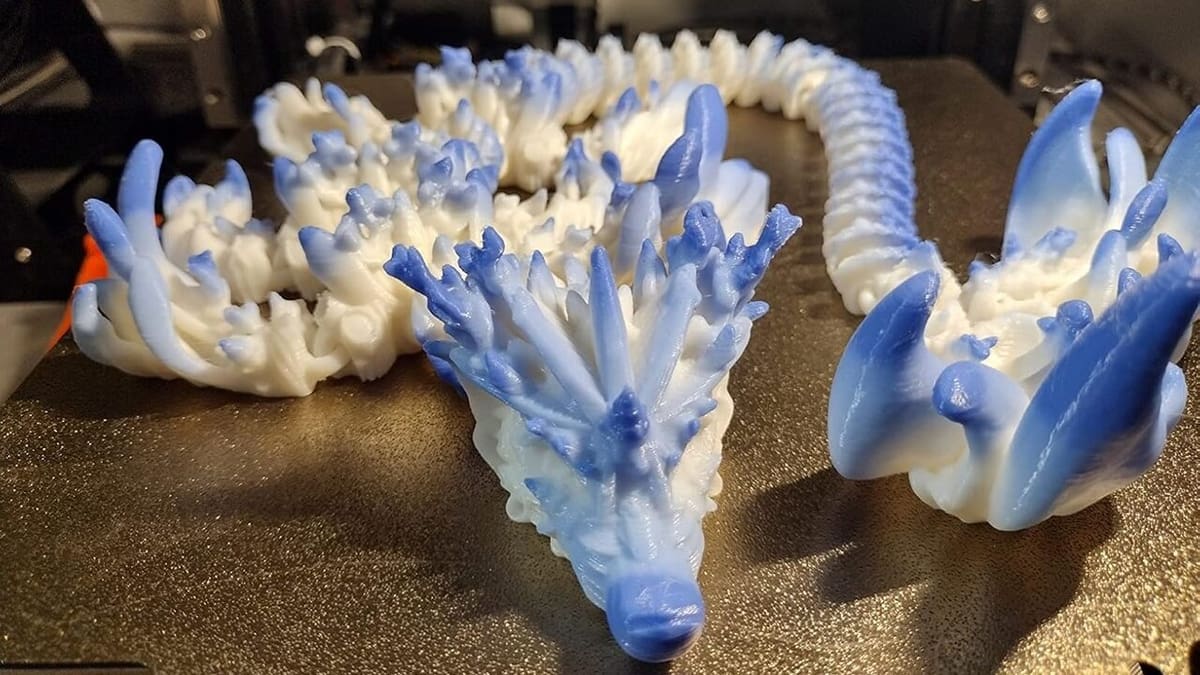
3D printing isn’t always for serious stuff. Sometimes, things should look colorful and fun. One could do this by printing using rainbow filaments, giving the models a wide variety of colors. But how about creating prints that will change colors?
Simply put, a thermochromic filament changes from one color to another when it reaches a certain temperature, typically around 31 °C. This allows the part to change in color when you hold it in your hand, in real time!
We recommend PLA, as it can be printed easily on virtually every FDM printer and, because the goal is mostly aesthetic, a more demanding material might not be needed. That said, you can also find ABS. GizmoDorks’ Thermochromic PLA can be a good choice as it provides great value, or you can try other recommendations from our list!
Polymaker HueForge Bundle

HueForge is software that turns your 2D images into stunning, photo-like 3D prints. After you input an image, and work on some settings, you get a 3D printable file with instructions for when to enact a small number of manual color changes throughout the print. The result is a painting-like 3D print that emulates the image.
For the creative maker who’s into 3D printing, it’s a satisfying way to eke out a little more from the printer with little know-how. And to make the experience even easier, Polymaker partners with the folks at HueForge to offer color filament packs that are curated specifically for various artistic styles in HueForge.
Bambu Lab Lithophane Bundle

If HueForge isn’t necessarily what your 3D printing friend is into (or maybe they already have all the Polymaker options?), how about Bambu Lab’s CMYK Bundle? It allows for the printing of a colored lithophane (a picture that reveals the image only when light passes through it).
The bundle contains four filament 1-kg spools of different colors (cyan, magenta, yellow, and white, almost like your multicolor 2D printer), which together can create the color and depth effect needed for many color lithophanes. Your friend won’t need to source the colors individually, and if they have a Bambu Lab AMS, the whole experience will be a breeze.
Pair the print with a DIY backlight (or Bambu Lab’s) to create a standalone, beautiful picture!
Tools & Accessories
These tools are essential for any user to repair or modify their 3D printers, and would also be useful in other projects!
3D Printer Tool Kit
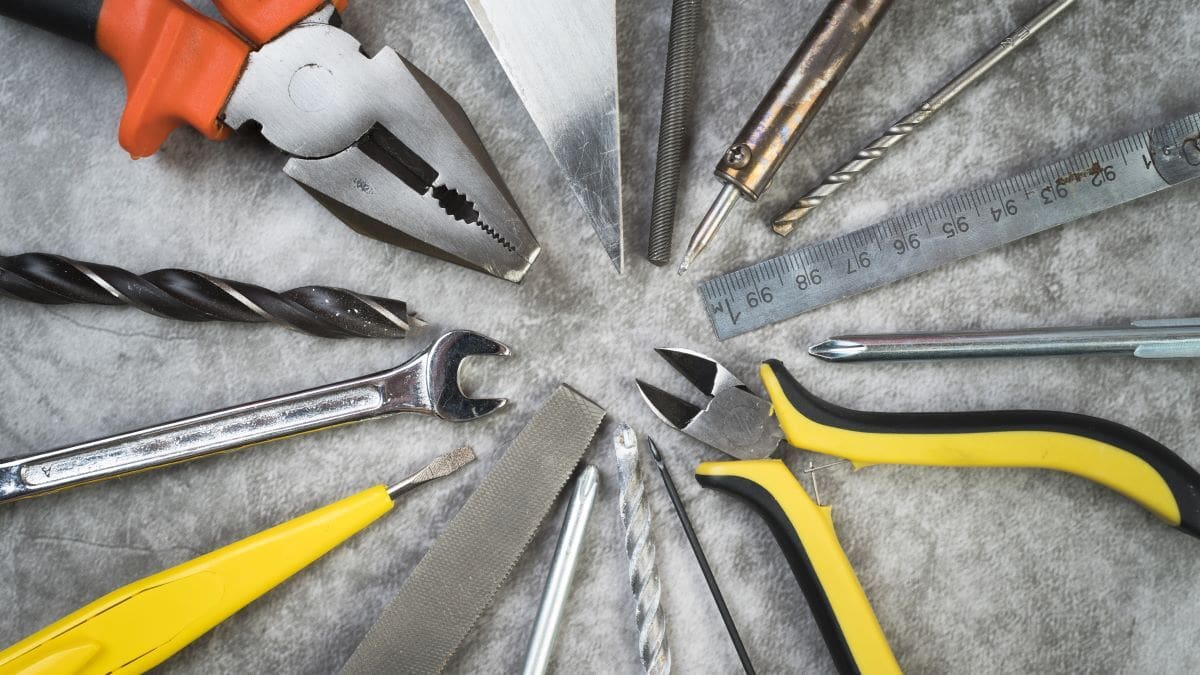
A 3D printer tool kit contains the bare essentials for basic operation and maintenance of a FDM 3D printer and post-processing of prints. It can include calipers, shears, filament cutters, as well as post-processing tools like a deburring tool, all in a convenient set.
Many of these tools often come with a basic 3D printer purchase, but some (such as a deburring tool and file) could come in handy too. It can also be useful to have another pair of handy snips, especially if the items delivered stock aren’t the best quality or if your maker friend has a tendency of misplacing them.
A kit can be a great idea – unless individual tools are a better suited gift…
Individual Tools
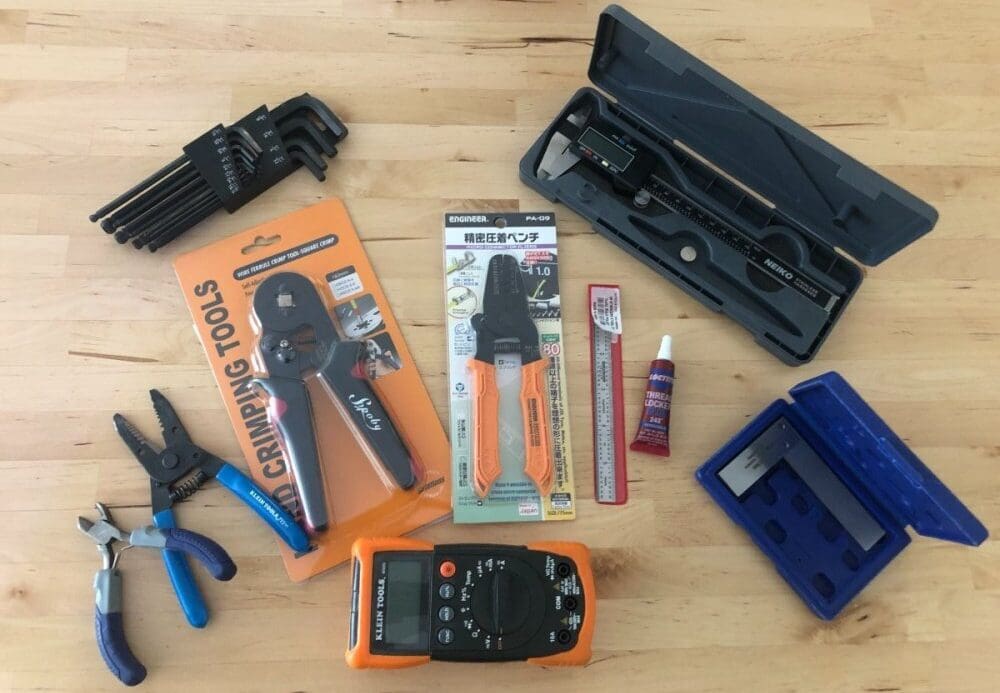
These tools are really important for the assembly, maintenance, or upgrade of a 3D printer. As mentioned, some might already be included with the hardware itself, but it’s never a bad idea to complement what’s there. Plus, if your maker friend is into engineering projects, these will come in handy.
Wire Stripper & Crimper
Crimping is the gold standard of wiring, and it’s important for safe and secure connections in your 3D printer’s (and other machines’) wiring. The IWISS IWS-2820M crimper has become well-known in the DIY community for its reliable and secure crimps despite its low cost. It’s a good choice for small connectors for 3D printers, such as JST-XH, Dupont, and JST-XH. Alternatively, another community-recommended crimper is the Engineer PA-09, which is also excellent but around twice the cost. For higher power connections, also consider a ferrule or terminal crimper.
Before crimping though, stripping the wire is also necessary! Your maker friend will also need to strip wires for just about anything, including a soldered connection. For most DIY projects or 3D printers, we recommend a good quality stripper than can strip between 16-26 AWG thickness of wire, which aren’t expensive (~$15) and can give clean, reliable strips for years to come.
Multimeter
A tool often forgotten by many 3D printing hobbyists, the multimeter is essential when repairing, troubleshooting, or designing electronics (including in 3D printer builds and repairs). Well, everyone should make sure to check things before turning anything on, right?
Multimeters come in a large price range, but options at ~$15 (AstroAI, an example) will comfortably do the job for an average maker’s needs. That said, if your budget allows it, feel free to buy a specialty one (Fluke 117, for example).
Soldering Iron

A low-cost temperature-adjustable iron can be a useful gift, but if you have budget to spare (or if you’re gifting one as an upgrade), you might want to consider a more premium iron or a rework station. This option also allows for a hot air gun for PCB repair.
Digital Calipers
Every engineer or maker knows the digital caliper. In fact, it’s probably one of the most-used tools, especially when designing parts! It also comes in handy when troubleshooting or calibrating a 3D printer to achieve good quality, dimensionally accurate, and strong prints.
A relatively low-cost stainless steel caliper than can measure up to 0.02 mm can get the job done. As there’s a good chance that your maker acquaintance already has a set, consider getting them an upgrade. A Mitutoyo caliper is considered one of the best, but it comes at a heavier price tag too!
Tool Drawers
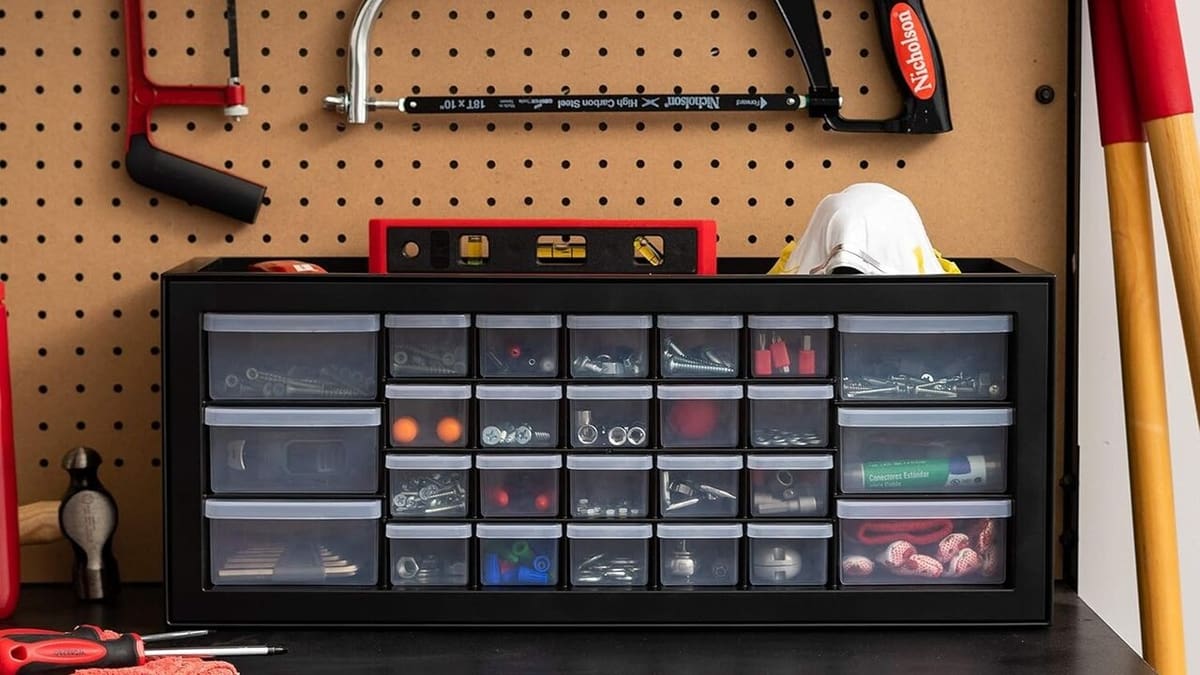
Managing 50 hardware sizes, a bunch of tools, and other project needs can be a real pain. Thankfully, tool drawers exist. They offer a neat way to manage this and clean up the workspace!
We recommend getting tool drawers of different drawer sizes to fit different 3D printer accessories. For example, screws and other hardware can go into small compartments, while tools like snips and wire strippers, or spare parts like nozzles, can go in the larger ones.
They can save a huge amount of time when trying to find that one specific screw size too, so it will definitely make a handy and useful gift.
Raspberry Pi
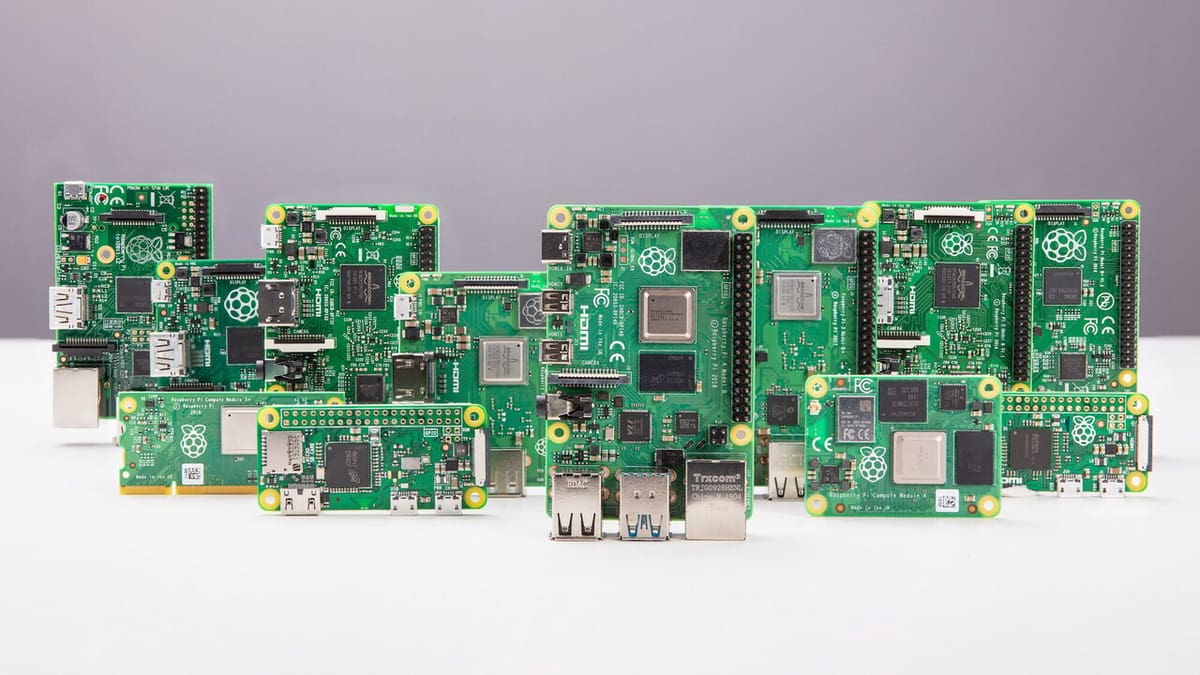
Raspberry Pi refers to the world-renowned series of single-board computers (SBC). For 3D printing applications, they are the most popular option to run Klipper (3D printer firmware) or OctoPrint (a web interface to control your hardware).
For a basic Klipper installation (running Mainsail or Fluidd web interfaces) for a single printer, the Raspberry Pi Zero 2W is a great compact and low-cost option. Don’t worry, it will comfortably suffice for all a maker will need (although it won’t support the use of a good web camera).
For a more powerful Pi (or one for more versatility for other projects), consider gifting the ever-popular Raspberry Pi 4B. This will allow the use of one (or more) live streaming cameras or other applications requiring more computing power.
Of course, an actual raspberry pie would be a great idea too – offer your maker friend a treat for their hard work!
Gift Cards
When all else fails, gift cards are great presents. You pick the price, they pick the stuff.
Various Stores
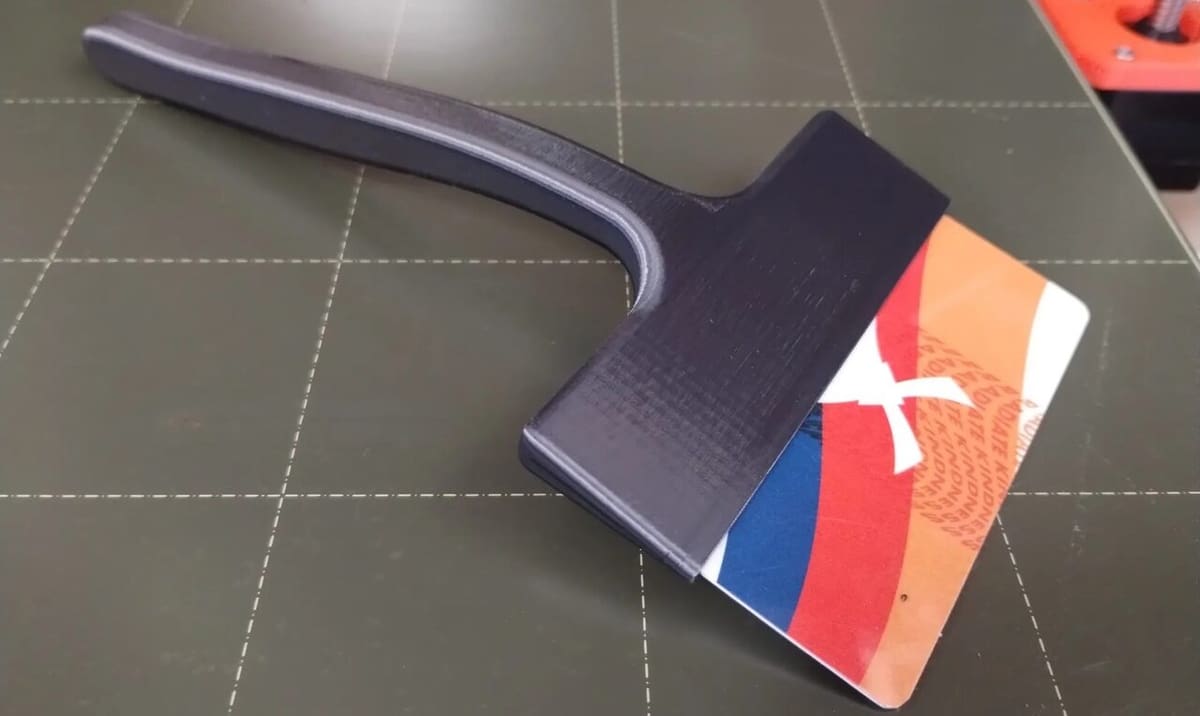
There are many shops that 3D printing enthusiasts go for. If you’re not sure about whether the maker in your life will put any of the previous suggestions to good use, you can’t really go wrong with a gift card. Here are four from a variety of places!
Fabreeko
Based in the US but shipping worldwide, Fabreeko is a place for 3D printer enthusiasts to find parts and printers in a curated selection dedicated to supporting the community. They offer gift cards of different denominations, from $10 to $500.
West3D
Similar to Fabreeko, West3D is a US-based shop with international delivery that supports the community through direct engagement with hobbyists and makers. It sources and supplies 3D printer supplies at reasonable prices, and their gift cards can be from $5 to $500.
MatterHackers
For a more general shop for a range of users, MatterHackers is a US-based shop that sells 3D printers, filaments, and plenty more, all of which can be shipped worldwide. They offer gift cards starting at $25 and going all the way up to $1,000.
3D Jake
3D Jake is a European-based online shop that offers a large range of products related to 3D printing and plenty more. It’s a more general shop of a large number of products – they even have battery chargers – at reasonable prices. You can select any value for their gift certificates!
License: The text of "Our Favorite Gift Ideas for 3D Printing Enthusiasts" by All3DP is licensed under a Creative Commons Attribution 4.0 International License.
CERTAIN CONTENT THAT APPEARS ON THIS SITE COMES FROM AMAZON. THIS CONTENT IS PROVIDED ‘AS IS’ AND IS SUBJECT TO CHANGE OR REMOVAL AT ANY TIME.


